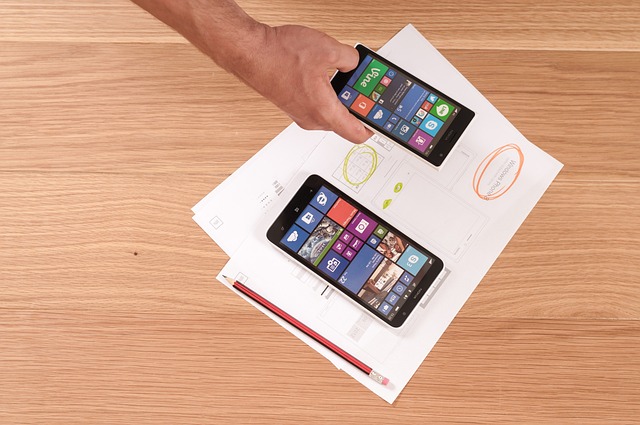
More people are turning to designing their own websites. But, because there are so many people in this area, competition is fierce. Read the information here and use it to find success.
Fixed-position navigation is useful to visitors. What occurs when the navigation is fixed is the panel follows the users scrolling. In other words, it moves down the page as the user moves down the page. This helps anyone who just stumbles across your site view it more seamlessly. It can also make it easier for them to do something you want them to do (like get on your email list).
Be careful with the color combinations you use when designing your website. You should be striving to achieve easily readable and visible text set against your chosen background shade. Generally speaking, it is easier on the viewer’s eyes when they see darker text on paler backgrounds, rather than the other way around. If you are uncertain about the effectiveness of your color scheme choice, try it out on a friend and solicit feedback from them.
Do not go overboard in using lots of fonts when creating your website. Also, think about the way various fonts look on a standard screen. Little serif fonts (such as Times New Roman) can be difficult to read. Most sites use Verdana, which is easily read in different colors and sizes.
The content that appears on your site should be compelling and interesting. If it grabs your visitors attention, they will stick around and return for more. When your content is useful and provides valuable information that meets your visitor’s needs, those visitors will return again and again.
It is vital that you are aware of the fact of your need to design your website so that it displays properly on a range of different Internet browsers. Every browser will interpret the site slightly differently. Some of the slight differences can cause navigation to be difficult for the user. It is easy to discover the most popular browsers. Test your website on all of these browsers, including the popular mobile web browsers.
When you design your site, you can make some independent CSS pages. This will allow web browsers to use conditional loading. Using these techniques makes it much easier for testing and ensuing maintenance later on. Every website occasionally needs maintenance, so you want to minimize the time you spend here.
Check Links
Check your site for broken links. Check links on a regular basis as you are designing, and make sure to perform a check before uploading your site to the server. You need to check links frequently because visitors will click on your links. If many of your links are broken, visitors will give up on exploring your site. Make sure everything is in working order to keep this from happening.
The design tools which come with your web hosting account are a great way to practice your skills, but they are no replacement for real design know-how. Your site should reflect you and your personality, so you want to make sure it’s not too generic.
Your best bet is going to be to start small, and move up to larger websites. This way you can easily see what you’re good at, and what you need to work on. Launch with a few basic pages and then gauge what works, and how you could expand from there.
You’ll need some office space to design and manage a website. Remove distractions and set up your work station in a way that allows you to jump into work quickly, and accomplish tasks efficiently. Keep all of your tools and materials within easy reach and keep the space optimized for your workflow needs.
Your website should begin with a relatively small amount of content on each page. You don’t need a lot of stuff that will overwhelm you and confuse visitors when they arrive on your site.
Regular Updates
The design process doesn’t stop once your website has gone live. You should strive to stay involved with your website’s design. It’s not necessary to make constant updates, but it is necessary to make regular updates. Regular updates are crucial, especially if your website hosts anything relating to current events. Maintaining your site is different from making an occasional post on your blog. It’s going to take some hard work and attention to detail.
Consider your site visitor’s Internet bandwidths when you add videos to your site. If your videos are faster than your clients Internet access, then it will work against you. You will end up giving them a video that spools and buffers constantly, and the viewing experience will be quite slow.
When it comes to posting important information on your website, place it high and far to the left. Many people start reading from the left to the right, so placing the most vital website elements in these areas will help readers see them before the rest of the site.
Be sure to factor in ample time to work on web page design. You will have to dedicate a couple of hours during the day so you can get work done, instead of trying to accomplish little bits and pieces at a time. Working on this sort of schedule also makes it easier to remember what you need to do next.
You want to know all you can so that you can stay competitive with people. Use the tips and suggestions from the above article, but always be on the lookout for new ideas about website development so you reach the success you have been looking for.